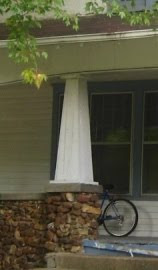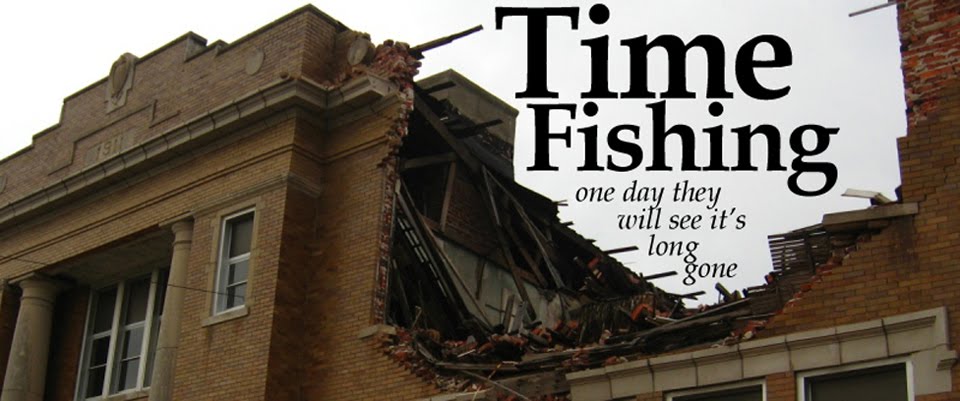I'm still no expert, but the American Craftsman style has grown to be one of my favorite residential styles. And fortunately for me, Searcy is loaded with examples.
It's a style that evolved first in Britain, and then once it was done being popular there, we started doing it (like most things that come from Europe...). It was derived from the bungalows used by the British Empire in the heart of India. In fact, the style is still sometimes called "bungalow," although "bungalow" can also generally mean "low, one-story house."
To start, there's one Craftsman house in Searcy that most of its residents should already be familiar with:

Is it Midnight Oil? IT IS Midnight Oil. Craftsman houses were (originally) built to keep the sweltering heat of India at bay by promoting as much air circulation as possible. For this reason, Craftsman bungalows grow rarer as one travels farther north. Here are some general architectural characteristics of the Craftsman house:
The first is an emphasis on wood and natural materials, although Midnight Oil is mostly covered in stucco. It might have been added later. Next...

...long, low-pitched roofs, usually hipped and gabled...

...eaves that overhang severely...

...tiny columns, usually squared and tapered...

...a deep front porch, usually extended from the main roof and supported by the tiny columns, and...

...exposed rafters or fanciful brackets.
Craftsman houses started to wane in popularity in the 1930s. You'll find most of them in early suburban districts close to the city center (Little Rock has a wealth of them in the difficult neighborhoods around Central High School). Their location hasn't been kind to them: proximity to the city meant many Craftsman houses were victim to the white flight of the 1960s and onwards. Fortunately, we're starting to see these neighborhoods slowly climbing back to their feet.
But Searcy hasn't really had to deal with any of that. Its Craftsman homes are still elegant and populated, for the most part. Here's a selection of some of the best I've found...














Craftsman style is almost purely residential, but occasionally will carry over into the commercial realm. Take a look at this Citgo station on Race Street:

A low, faux-gabled roof with exposed "rafters," supported by thin columns.
As a last note, I discovered something rather odd on this Crafstman-influenced house on Market Street.

Frugal Searcians will recognize this building as the Methodist Church's thrift store, but there's a clue to an earlier identity in the iron railings over the entrance.

What looks to be an inverted, incomplete peace-sign I recognize to actually be the letter "Y." There's one family in Searcy who always incorporates that letter into their estates. If you haven't figured it out yet, I'll give you a hint: they're in the dessert industry.
-Jonesy
(it's the Yarnells)

No comments:
Post a Comment